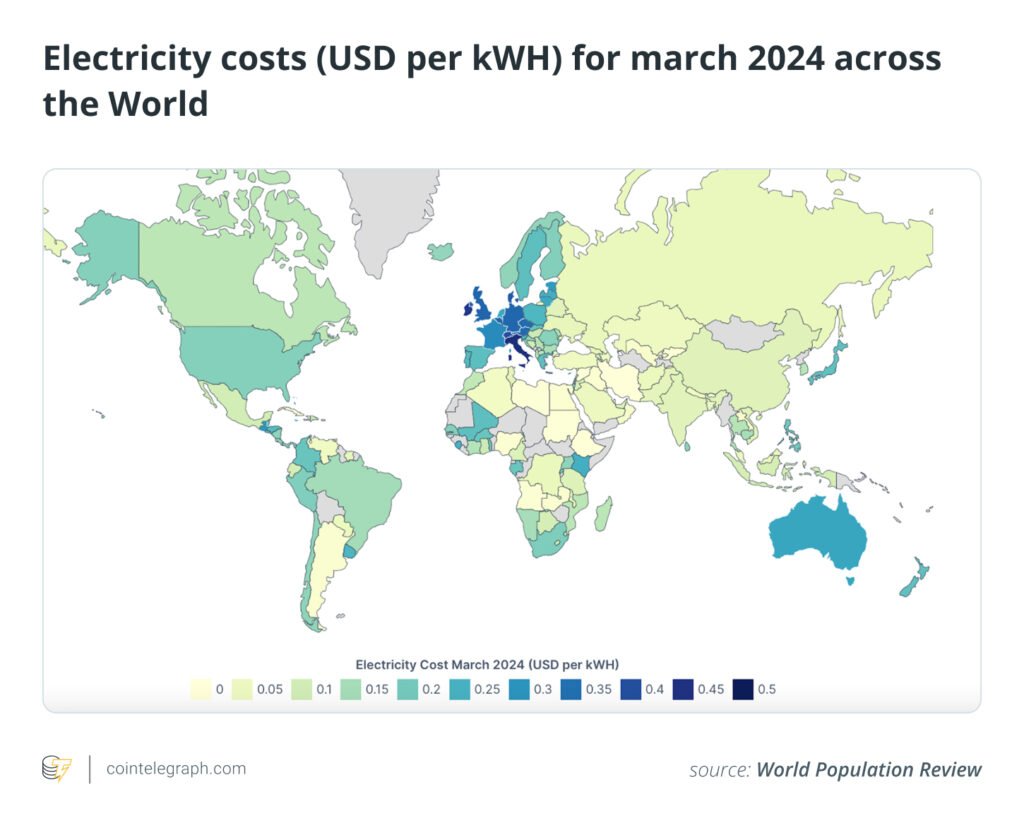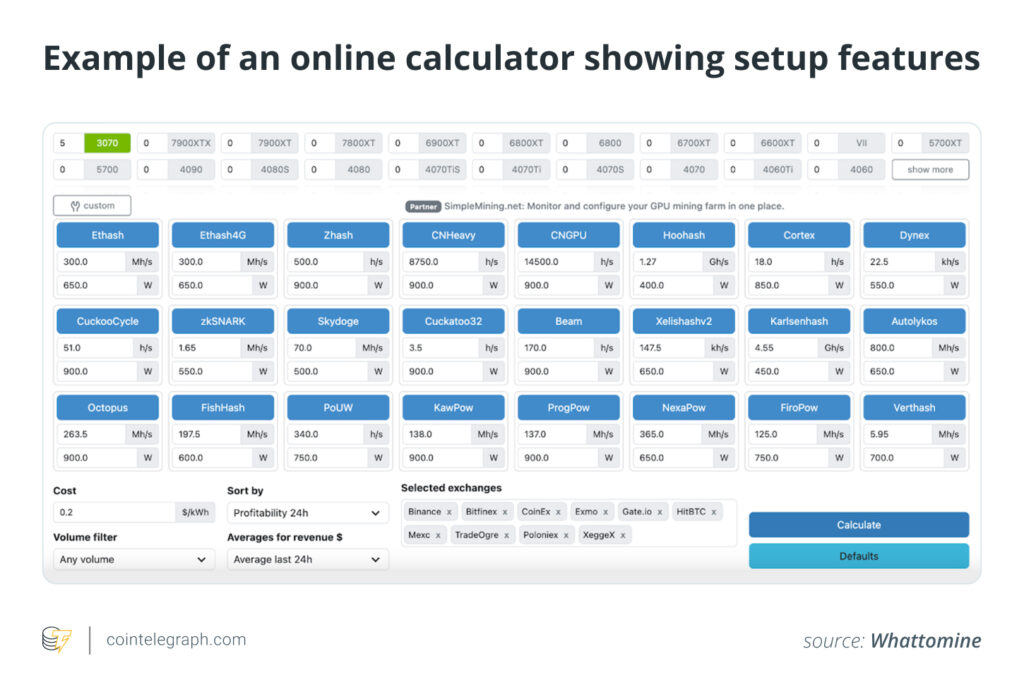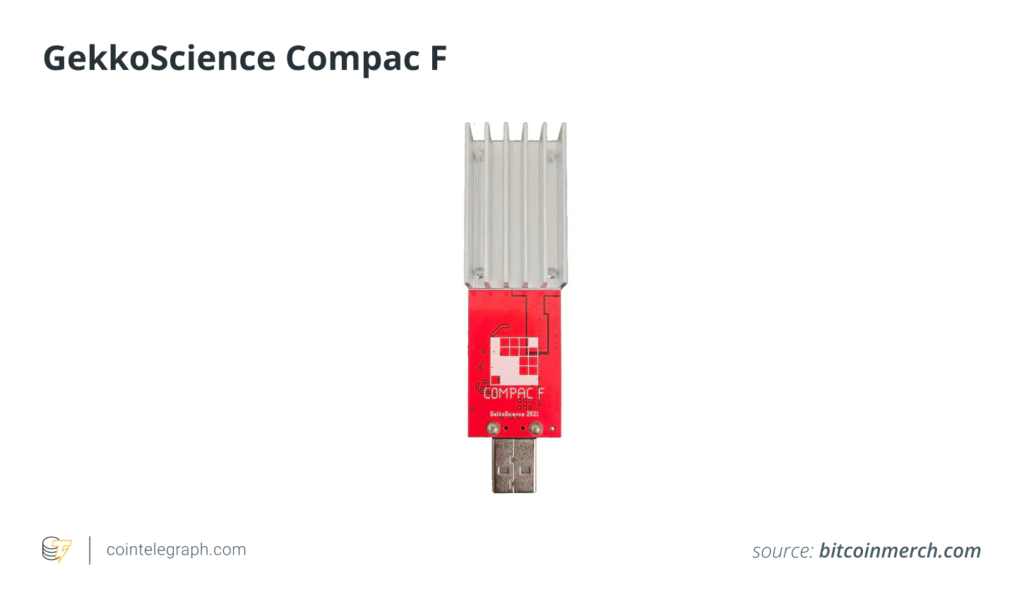How to get involved in crypto mining without expensive hardware
Crypto mining on a budget? Here’s how to get started without breaking the bank — or your fuses.
Key Takeaways:
- Cloud mining allows you to mine crypto without expensive hardware, though it involves upfront costs and possible hidden fees.
- Budget-friendly hardware options, such as low-cost GPUs or gaming PCs, make it possible to start mining without overspending.
- To mine affordably, consider cryptocurrencies that use energy-efficient algorithms like Proof of Stake (PoS), which reduce hardware demands.
- USB miners and browser-based mining are cost-effective entry points for those seeking to mine crypto on a budget.
Crypto mining may seem like an expensive venture, requiring high-end gear and hefty electricity bills, but it doesn’t have to be that way. There are more affordable options to participate and potentially accumulate coins, even if it’s not a get-rich-quick scheme.
Let’s dive into the actual costs of crypto mining and explore ways to make it more affordable.
How much does it cost to mine crypto?
With rising electricity bills and expensive hardware, mining Bitcoin (BTC) from home is no longer the easy way to make money it once was. While there’s always a chance of striking it rich, profitability depends heavily on your equipment and location—and it’s not cheap.
To get started, you’ll likely need powerful hardware like general-purpose graphics processing units (GPUs) or application-specific integrated circuits (ASICs). Entry-level rigs can cost around $1,500, while high-end setups may go for more than $10,000.
When it comes to power, mining requires a lot of electricity. On average, it takes about 266,000 kilowatt-hours (kWh) to mine just one Bitcoin. To offset some of these costs and reduce environmental impact, many crypto miners are turning to renewable energy sources, like hydro or solar power.

The electricity cost to mine 1 BTC can vary significantly, ranging from $13,300 to $133,000 depending on your location and the cost of household electricity. In some regions, mining may be unprofitable, while in others, you might still see a return on your investment, if you’re lucky.
To help estimate your potential profitability, you can use online mining calculators that take into account your specific hardware and electricity costs. You can also input custom hashrates, though most popular GPUs and ASICs are already pre-listed in the calculators.

Low-cost crypto mining options
Cloud Mining
If you’re interested in mining cryptocurrency without the need for your own rig, cloud mining can be a cost-effective option. Instead of investing in expensive hardware, you can rent computing power from mining farms via online platforms. Essentially, you outsource the mining process while you sit back and watch your crypto grow.
The benefits include no noisy machines, no high electricity bills, and no tech-related headaches. However, it’s not all smooth sailing. Cloud mining contracts often come with upfront costs and occasionally hidden fees. Additionally, not all providers are trustworthy, so it’s crucial to verify their legitimacy before committing.
Bitcoin USB Miner
Think Bitcoin mining is only for those with large-scale, industrial setups? Think again. A USB Bitcoin miner is a compact, plug-and-play device that makes mining accessible to almost anyone.
While its power is much lower than that of high-end ASIC rigs, a USB miner offers an affordable way to get involved in Bitcoin mining. Pairing it with a mining pool lets you contribute to the global effort of validating transactions, all with minimal cost and risk.
An example of such a device is the GekkoScience Compac F, which has a hashrate of around 200 gigahashes per second (GH/s) and costs between $120 and $150, depending on the retailer.

However, calling USB miners “plug-and-play” doesn’t tell the whole story. They still require careful setup, including proper cooling, power management, and reliable software, to ensure smooth operation and prevent issues like overheating or inefficiencies.
Gaming PCs
If you already own a decent gaming PC, you’re halfway to starting your mining journey. You can begin with your current setup and upgrade as needed.
For GPUs, budget-friendly options between $500 and $1,500 include the Nvidia GeForce GTX 1660 Super, AMD Radeon RX 570, or AMD Radeon RX 560, which provide optimal performance without breaking the bank.
For the CPU, budget chips like the Intel Pentium G4560 or AMD Ryzen 3 1200 should work well. With the right configuration, you can start mining without overspending.
Pool Mining
Pool mining is another affordable option for those looking to mine crypto without investing in expensive hardware. By joining mining pools like CGMiner, BFGMiner, or EasyMiner, you can combine your efforts with other miners and share the profits based on your contribution. This allows you to mine without needing high-end equipment.
However, pool mining comes with its own set of drawbacks, such as pool fees, which reduce your earnings, and the possibility of low payouts depending on the amount of work you contributed.
Browser-based Mining
Browser-based mining is a low-cost, entry-level method where you can mine small amounts of crypto simply by using your web browser. Though it won’t make you rich overnight, it doesn’t require expensive hardware or ASICs. Websites like CryptoTab allow you to use your computer’s processing power while you browse.
Another option is embedded mining scripts, which run on websites and use visitors’ computing power to mine in the background. The downsides? Browser mining is slow, consumes system resources, and significantly impacts your browsing speed. Earnings are also minimal compared to traditional mining setups.
Which Cryptocurrency is Cheaper to Mine?
Mining costs vary depending on the cryptocurrency, as each coin uses different algorithms, block rewards, and network difficulties, all of which impact the computational power and energy required.
To mine on a budget, focus on coins that use less resource-intensive mechanisms like proof-of-stake (PoS) or other energy-efficient systems. These cryptocurrencies don’t require traditional mining and are more eco-friendly, relying on staking rather than mining to validate transactions. By staking coins with a solid setup, you can help secure the network and earn rewards.
Risks and Challenges in Low-Cost Crypto Mining
While low-cost mining may seem like a less risky way to get involved, there are some hidden challenges. Additional costs like electricity and maintenance can quickly erode your profits.
Also, local regulations may not address crypto mining directly, so it’s wise to consult a tax professional to ensure you comply with tax laws and report your earnings properly.
Most miners typically need about three years to break even and recover their initial investment, but the rapid obsolescence of mining hardware can significantly reduce your returns over time.
In conclusion, while mining with low-cost hardware can be profitable in the short term, it requires careful planning, ongoing investment, and an understanding of market conditions to ensure long-term success.



